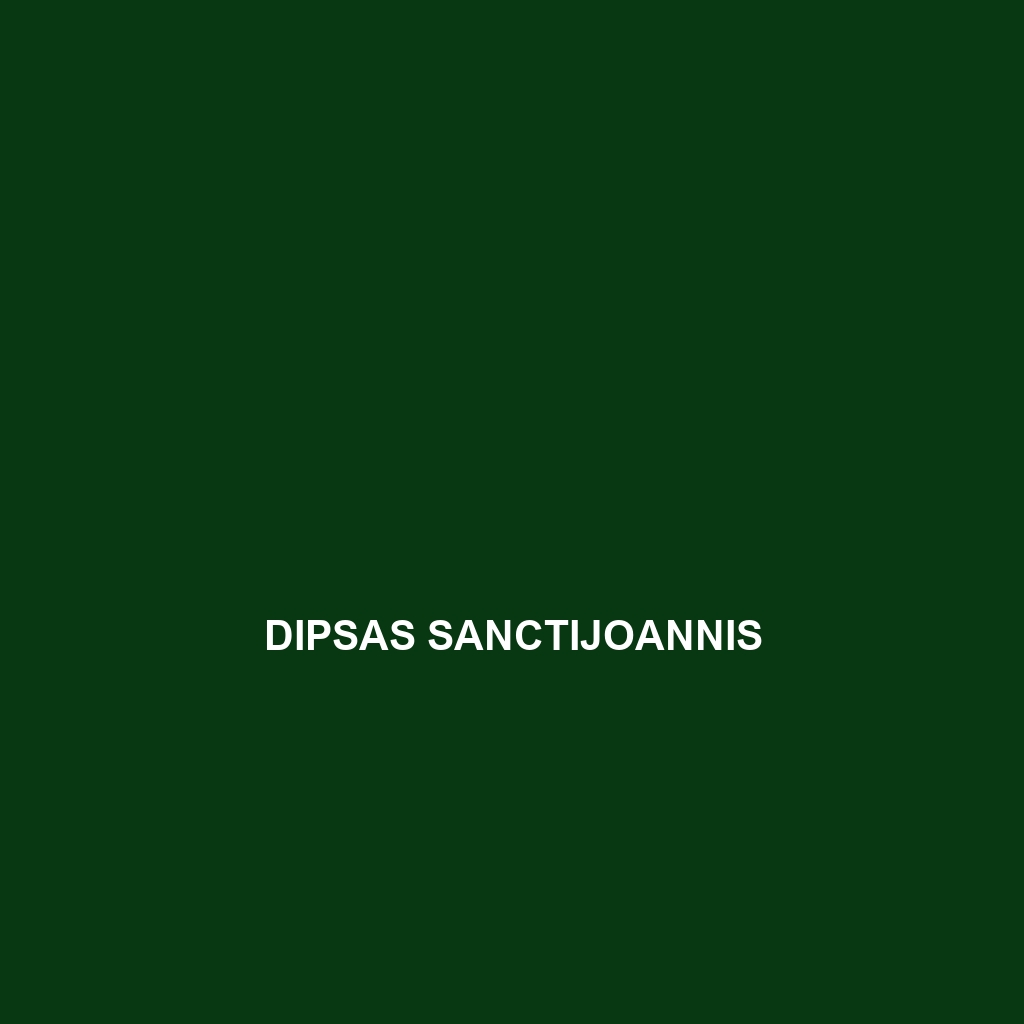Dipsas sanctijoannis: Species Description
Common Name: Dipsas sanctijoannis
Scientific Name: Dipsas sanctijoannis
Habitat
Dipsas sanctijoannis is primarily found in the tropical lowland forests of Central America, specifically in countries such as Honduras, Nicaragua, and Costa Rica. This species thrives in humid environments, often residing near freshwater streams and rivers, where vegetation is dense and provides ample cover. They have a preference for shaded areas, making them common in lush forest undergrowth and amongst leaf litter.
Physical Characteristics
This species of snake can reach lengths of up to 1.2 meters (approximately 4 feet). Dipsas sanctijoannis is characterized by its slender body, which displays a range of colors from olive green to brown, helping it blend seamlessly into its environment. The distinctive features include a pattern of dark brown or black spots along its back and a lighter, more uniform underside. Its elongated head gives it a unique appearance among other snakes in its habitat.
Behavior
Dipsas sanctijoannis exhibits primarily nocturnal behavior, becoming active during the night when it hunts for prey. It is known for its slow, deliberate movement, allowing it to stalk insects and other small animals effectively. This snake is also adept at climbing, often found on low branches or shrubs in search of food. During the day, it may be seen resting in leaf litter or under fallen logs to avoid predation.
Diet
The diet of Dipsas sanctijoannis primarily consists of soft-bodied prey such as slugs and snails. This species has also been known to eat small frogs and other invertebrates, demonstrating slight dietary flexibility. Feeding occurs predominantly at night, and its hunting strategy involves the use of keen sense of smell to locate food sources hidden in the underbrush.
Reproduction
Breeding for Dipsas sanctijoannis typically occurs during the wet season, which varies slightly depending on the geographic location. Females lay clutches of 4 to 12 eggs in sheltered areas, such as moist leaf litter. The eggs incubate for approximately 60 days before hatching, and newborns are around 20 cm (about 8 inches) long. Maternal care is minimal after laying, as the young snakes are independent shortly after birth.
Conservation Status
Currently, Dipsas sanctijoannis is classified as a species of “Least Concern” by the International Union for Conservation of Nature (IUCN). However, habitat loss due to deforestation and agricultural expansion poses potential threats to its populations. Conservation efforts aimed at preserving its natural habitat are crucial to ensure the long-term survival of this species.
Interesting Facts
One fascinating characteristic of Dipsas sanctijoannis is its unique method of locomotion; it can engage in a slithering motion that resembles a wave, which aids in navigating through dense foliage. Additionally, these snakes are known for their ability to administer a mild venom, although it is not harmful to humans.
Role in Ecosystem
Dipsas sanctijoannis plays a vital role in its ecosystem as both a predator and prey. By consuming large quantities of slugs and snails, it helps maintain the population levels of these gastropods, which can otherwise become pests in the environment. Furthermore, as a prey species, it serves as a food source for larger predators, contributing to the biodiversity and food web dynamics within its habitat.
